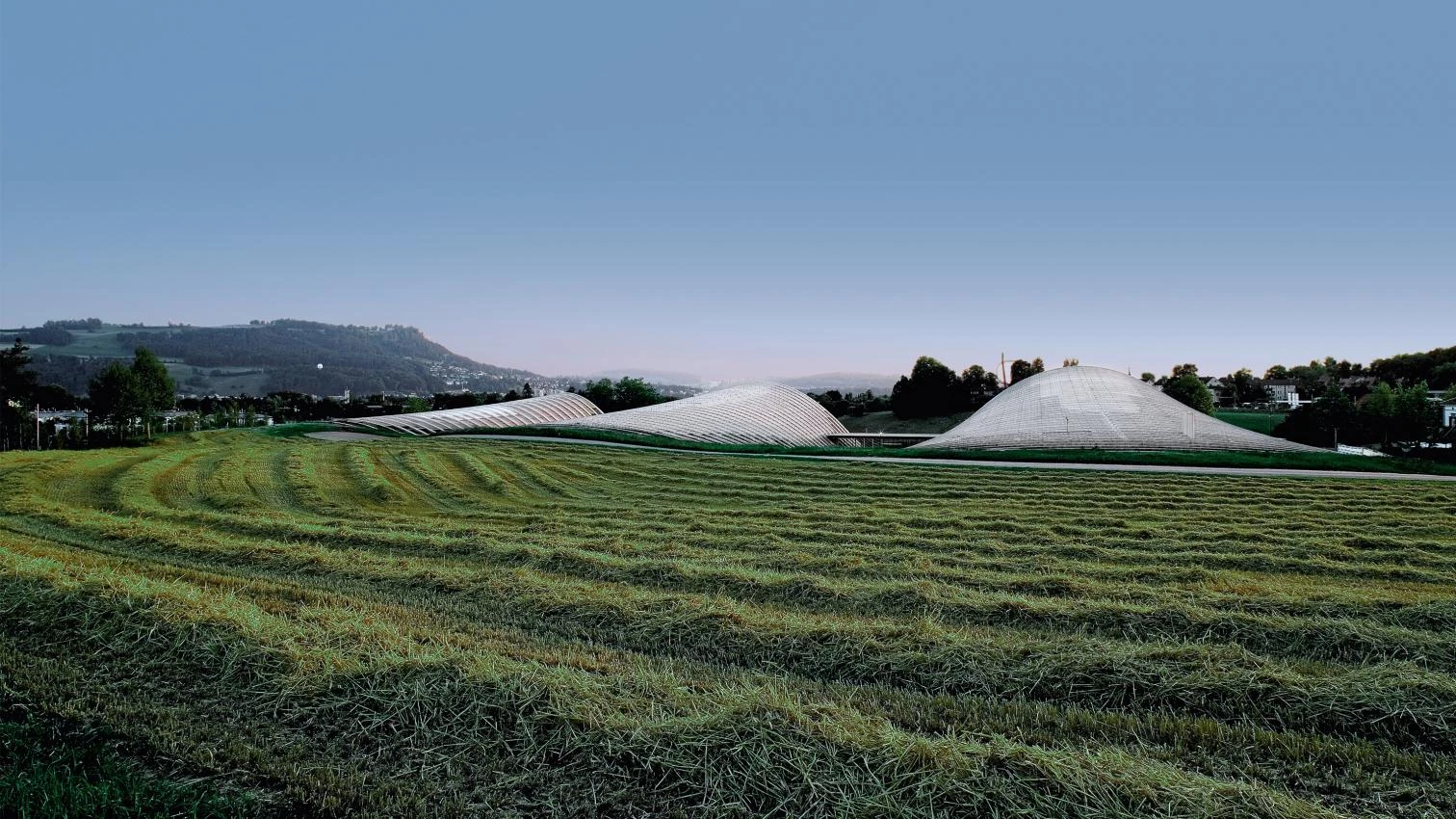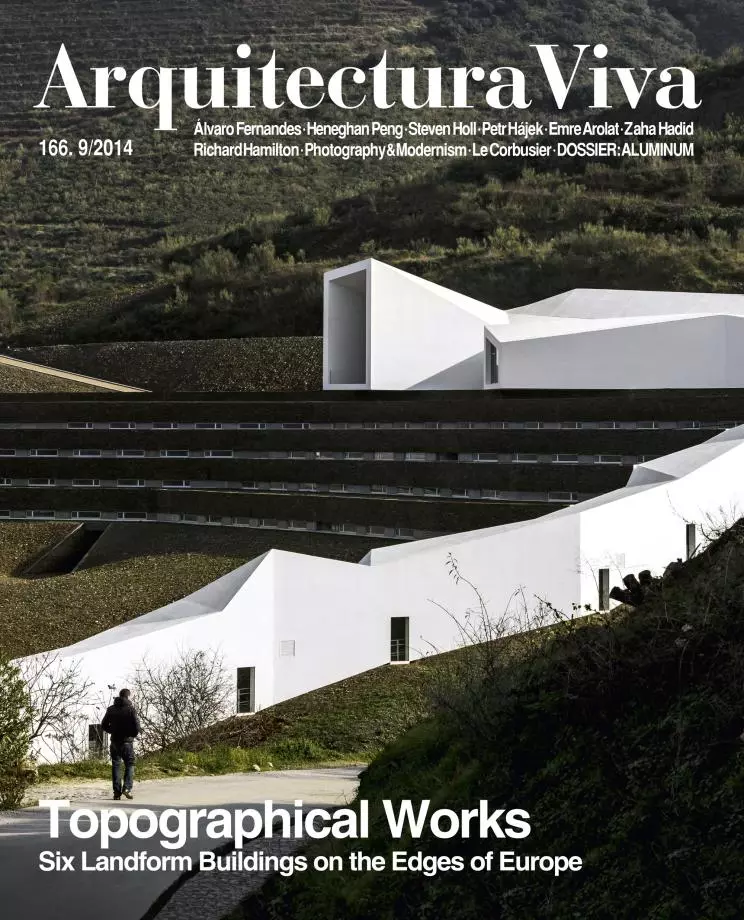From Biological to Geological
Landform Buildings / Landscape Urbanism

For the past two decades, the dominant working metaphor in advanced architecture has been biological: a desire to make architecture more lifelike, that is to say, more fluid, adaptable, and responsive to change. Working from D’Arcy Wentworth Thompson’s description of natural form as a “diagram of forces,” advanced computer technology has been used to simulate the active forces that shape biological form. These contemporary strategies of animate form go beyond the bio-morphism of the 1950s and 1960s by suggesting that the architect does not so much imitate the forms of nature as model the natural process of form generation. With contemporary digital technology, for example, it is now possible to grow or evolve new formal configurations in response to specific forces and constraints: structural, climactic, or programmatic. While this has produced compelling formal results, there are conceptual and procedural limits. The design techniques used to generate these new buildings may be dynamic, but the buildings themselves are static; if they move at all, they move very slowly. The forms generated may resemble nature, but they retain little of the performative or adaptive complexity of life. Old metaphors of the building as body persist, and the potential of metabolic exchange or co-evolution with a shifting context is limited. Moreover, despite advances in fabrication technology, a large gap still exists between the fluid, curvilinear forms generated by the software and the intractability of materials and construction logistics. Buildings – like the ground – are hard, stubborn, and slow...





